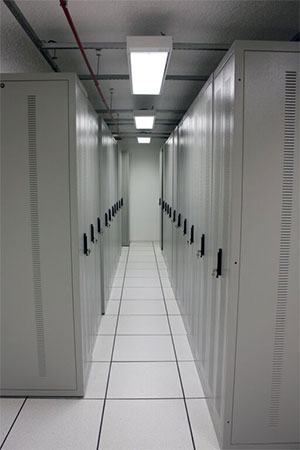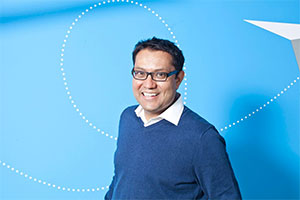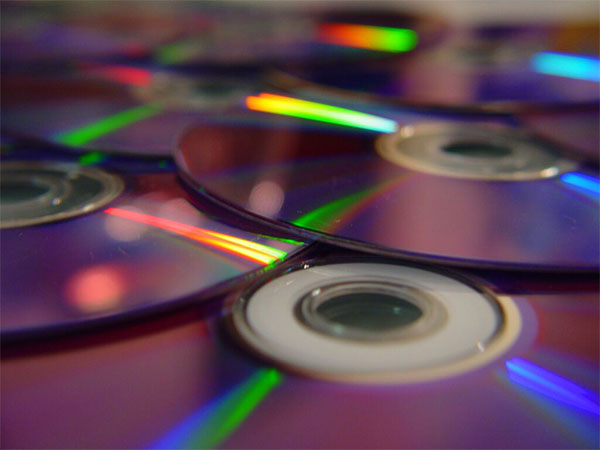The art of possible
The Internet of Things, with concepts such as the connected car, unlocks previously unimagined possibilities for both manufacturers and consumers. It will make our lives easier – our fridges will be able to order our milk, our watches tell us when to get up and do some exercise, our cars will drive us to work making the roads clear of traffic and accidents. It will be nirvana for us as citizens and consumers.
It will also provide unimaginable data insights for organisations, public and private. It will enable them to make smarter products, to really listen to the data and see what customers want, creating a new wave of innovation with the customer at its heart. It will also produce more efficient operations, for example, businesses with machinery will use sensors that provides data. This data can then be used to predict when a part needs replacing, before it breaks. It even has the power to create new businesses and business models.
First there was data, then there was too much data
There is one problem: How will gigantic data quantities from sensors be transported over mobile radio networks and analysed in real time? The solution: algorithms. By 2020, it is predicted that there will be 26 billion units forming the Internet of Things and each generating their own data. With this data not only comes insights that are transformational for industries, but the transfer and storage of data is not technically or economically viable. It also seems somewhat wasteful to hang on to enormous amounts of data when only a tiny part of it will be relevant for each individual analysis or forecast.
It is therefore of huge importance to sort through the data and save only that which is deemed important. The earlier that data is sorted, the faster the data can be evaluated and the more efficient the big data application that uses it will be. That is because data transfer through today’s mobile radio network is costly and can prove to be a bottleneck for big data analytics.

Algorithms, algorithms, algorithms
The Internet of Things has enormous potential, should we know how to harness it in the right way. Unlocking this potential would give us the opportunity to improve billions of lives around the world and solve some of the most pressing challenges we face today, but the question is how do we achieve this? The simple answer is, by using algorithms. Algorithms, when combined with processing chips, have the ability to process enormous amounts of data, in very little time at all. In fact, algorithms can cut through petabytes in mere seconds, meaning that businesses can discover new insights on customer behaviour in real-time. Through the analysis of the most important and most interesting data, organisations are able to not only react quickly to meet people’s needs, but also assess patterns to predict for the future.
But businesses are not the only ones to benefit from the use of algorithms. In a similar way, the Internet of Things can also help to create an interconnected governments and societies. The possibilities for the Internet of Things are limitless, and algorithms hold the key to accessing this potential and transforming our every day lives for better.
By Rakesh Harji, UK MD of Blue Yonder











